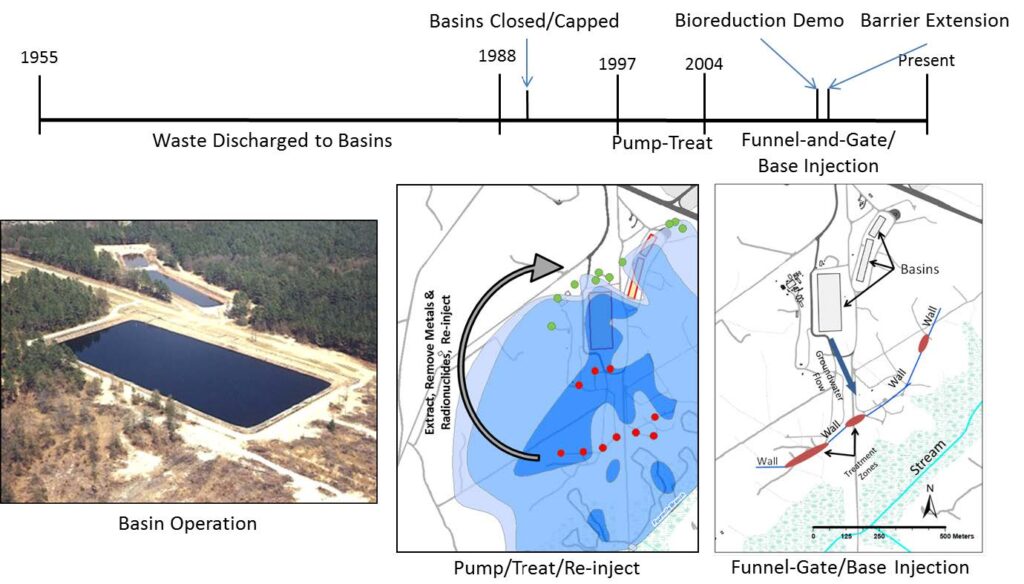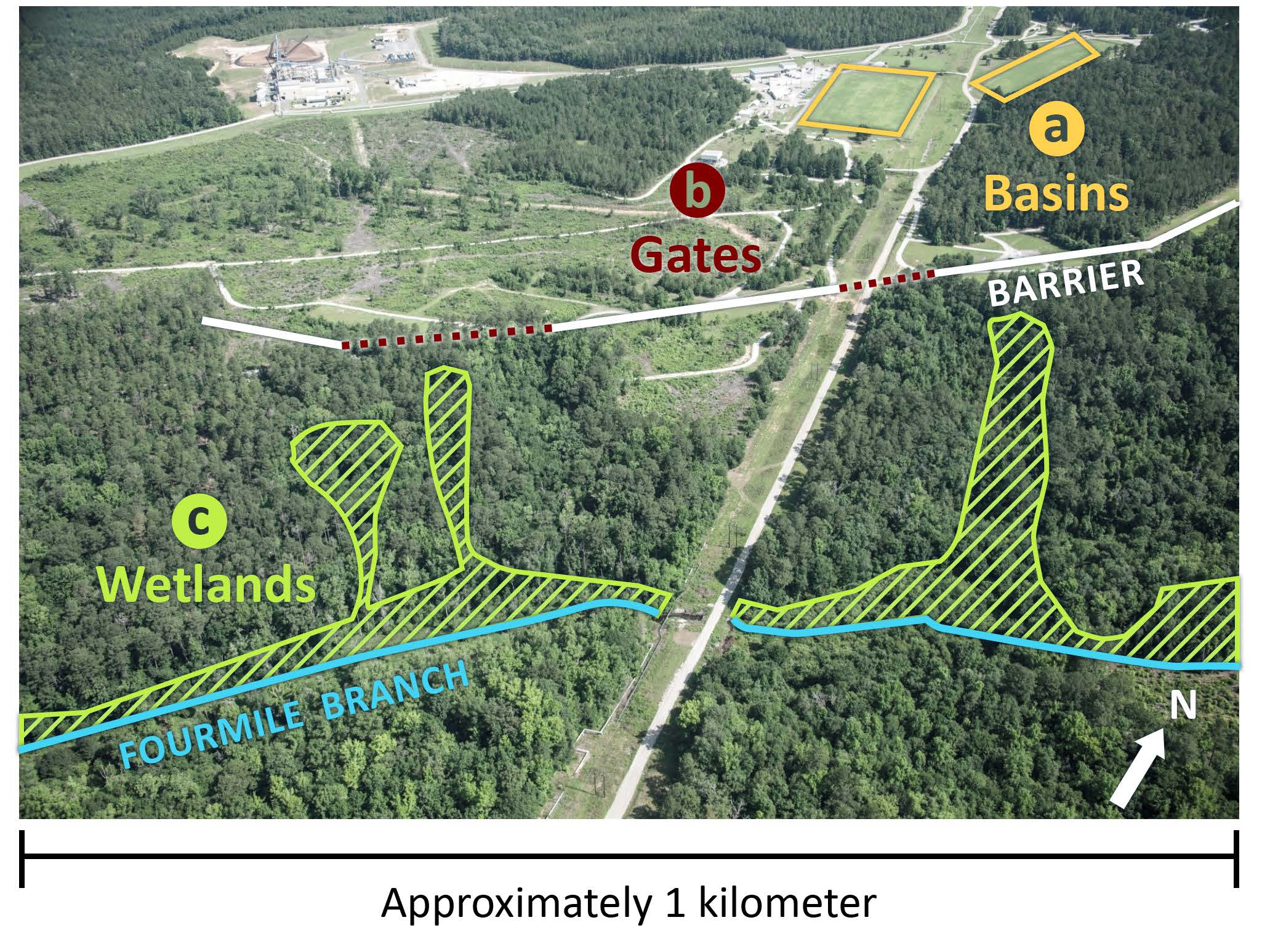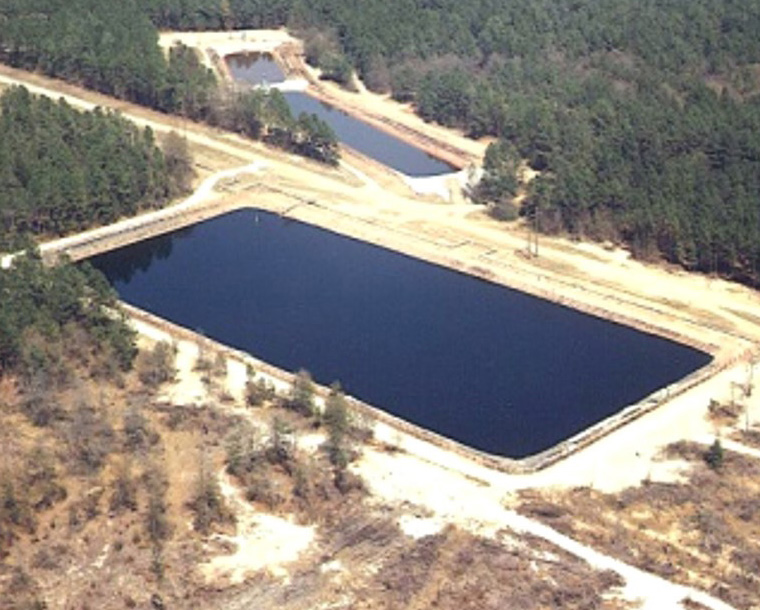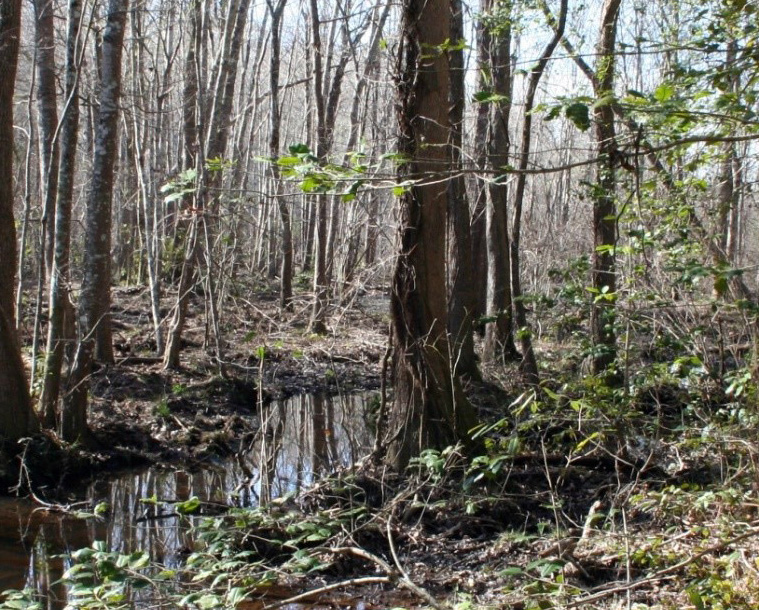ALTEMIS
Savannah River National Laboratory
ALTEMIS:
Advanced Long-Term Environmental Monitoring Systems
DOE’s liability for long-term monitoring is projected to expand for decades and cost billions of dollars. This necessitates a transition to a new paradigm of monitoring, one that uses artificial intelligence and machine learning to proactively manage contaminant migration.
ALTEMIS has the potential to meet, and likely exceed, current standard monitoring techniques, while significantly reducing the projected costs of long-term monitoring.
ALTEMIS is different from existing monitoring systems
- ALTEMIS uses artificial intelligence and machine learning (AI / ML) to strategically use sensors. This reduces the number of required monitoring wells, and, reduces the sampling frequency, while providing the same level of monitoring.
- ALTEMIS moves monitoring to a proactive approach from the old reactive posture.
- ALTEMIS can easily be adjusted for climate change.
- ALTEMIS is easily transferred between sites.
Savannah River Site F-Area
- The F-Area Seepage Basins received low-level acidic waste between 1955 to 1988.
- Mobile radionuclides including uranium isotopes, strontium-90, iodine-129, and tritium migrated through the vadose zone, contaminating the groundwater.
- Remediation involved: 1) installation of a low-permeability cap to reduce rainwater infiltration, 2) installation of a subsurface barrier to funnel contaminated groundwater through gaps in the barrier for in situ treatment, and 3) natural attenuation of contaminants in the wetlands of Fourmile Branch.

ALTEMIS Fast Facts
- Significant reduction of long-term monitoring costs
- Emphasis on artificial intelligence and machine learning to predict future contaminant flux
- Transferable package between DOE sites
- Active tracking of master variables that identify contaminant migration in real-time
- Provides early warning of unwanted plume behavior.
- Facilitates the acceleration of site closure
Zones of Vulnerability
Savannah River Site F-Area Technology Demonstration

- After more than 30 years of active treatment in the areas where contaminants are present (basin, wetlands) or attenuated by adding chemicals (gates, wetlands), low levels of radionuclides contamination remain in the dilute portion of the plume leaving three zones of vulnerability (see figure at right).
- ALTEMIS is optimizing customized sensor placement at each zone of vulnerability as a technology demonstration for a minimum of 5 years
- ALTEMIS provides early notification of unwanted plume behavior, allowing researchers to mitigate those conditions much earlier than when compared to relying on quarterly sampling lab results.
- This system is equipped to save 80-90% of the long-term monitoring costs at the Savannah River Site F-Area by reducing the number of wells sampled (manhour costs) and sent off to laboratories (contracts, shipping, lab analysis costs).



Funded by the Office of Environmental Management, Technology Development
Partners: Lawrence Berkeley National Laboratory, Massachusetts Institute of Technolgy, Pacific Northwest National Laboratory, Florida International University